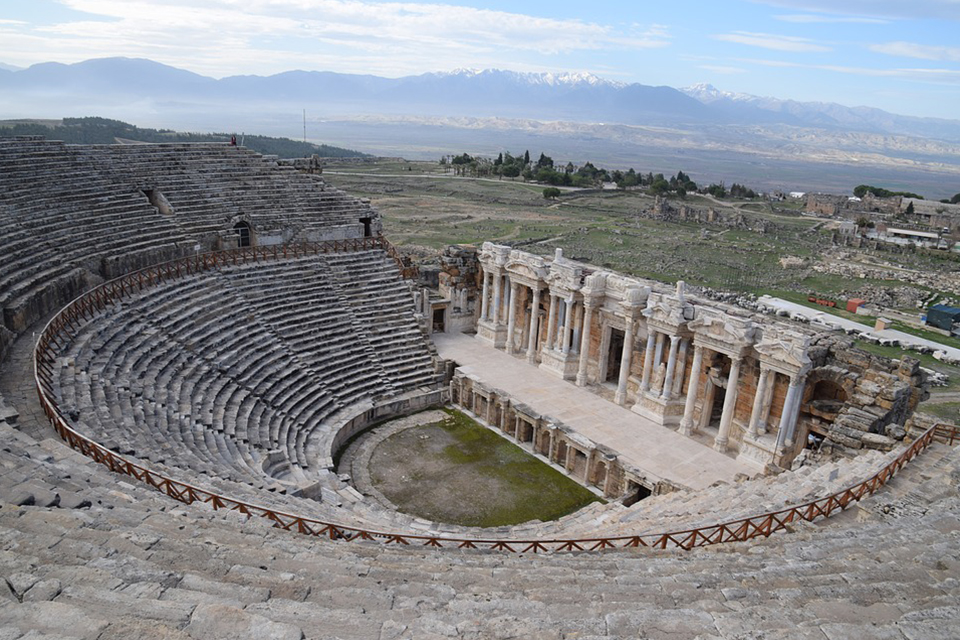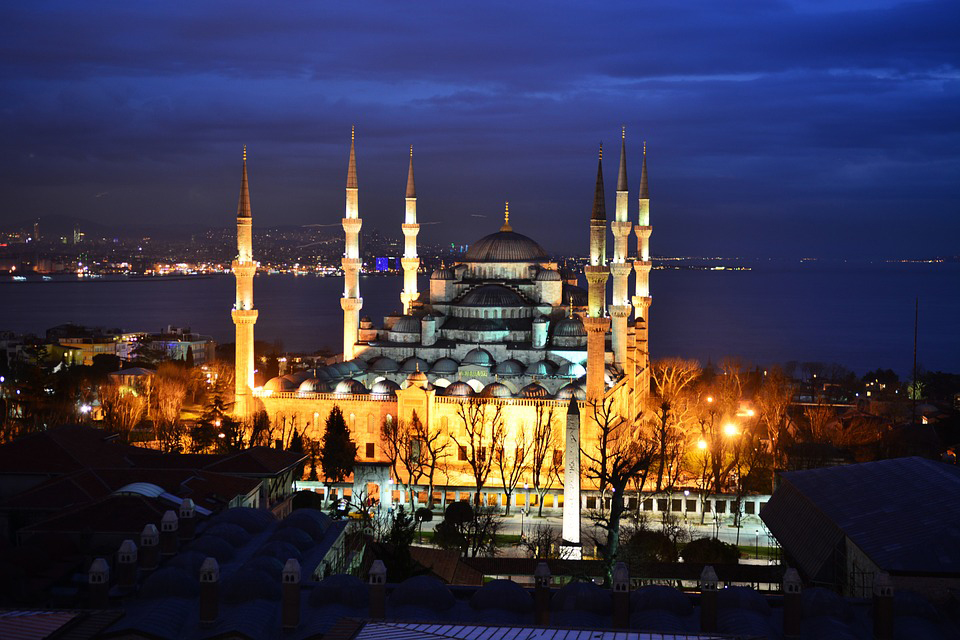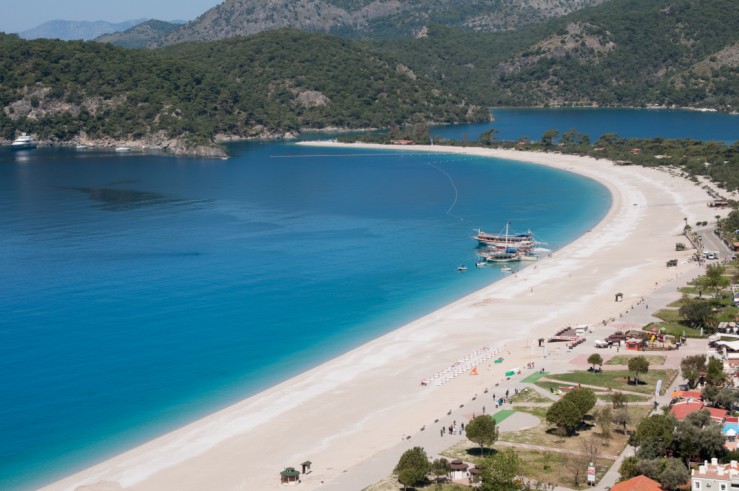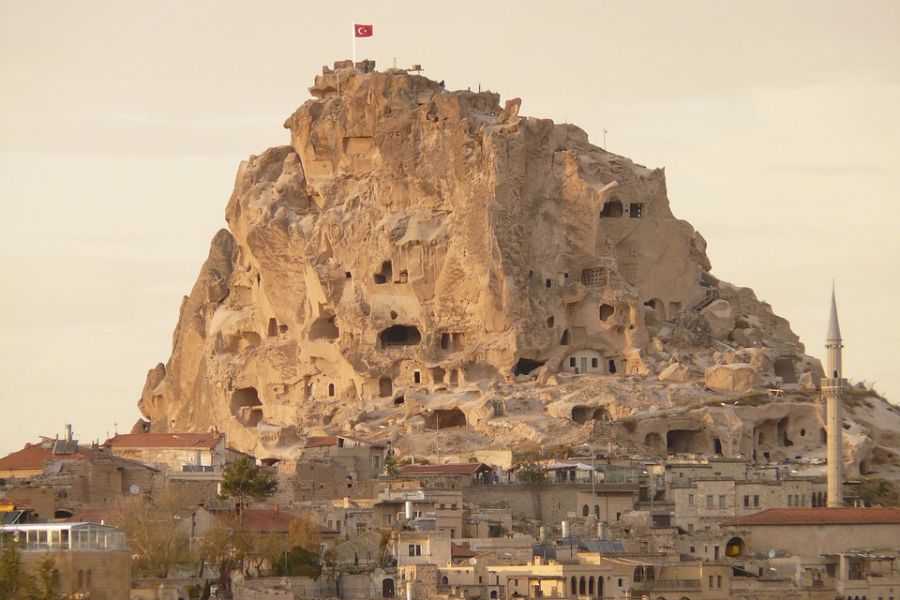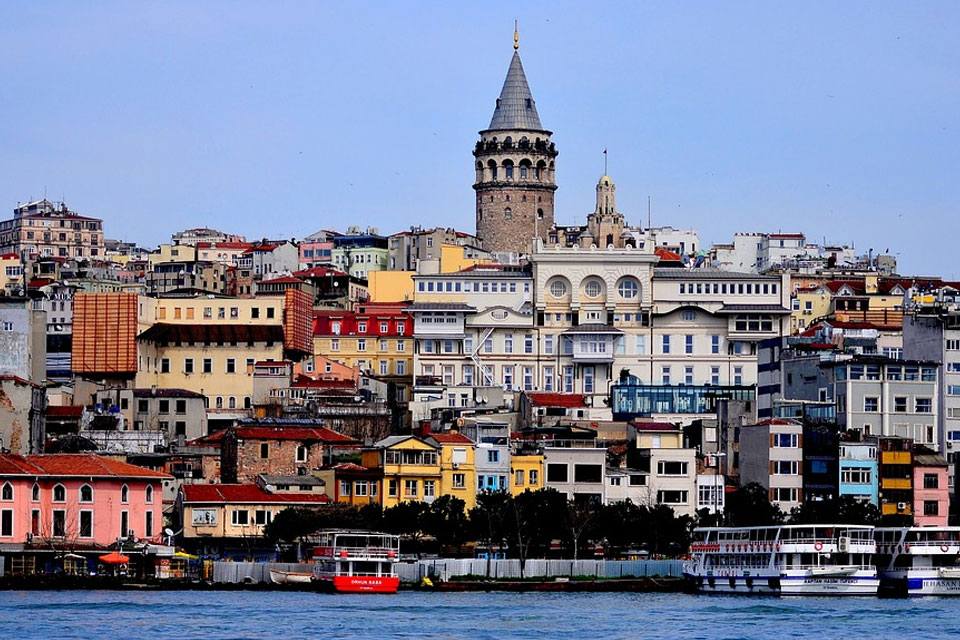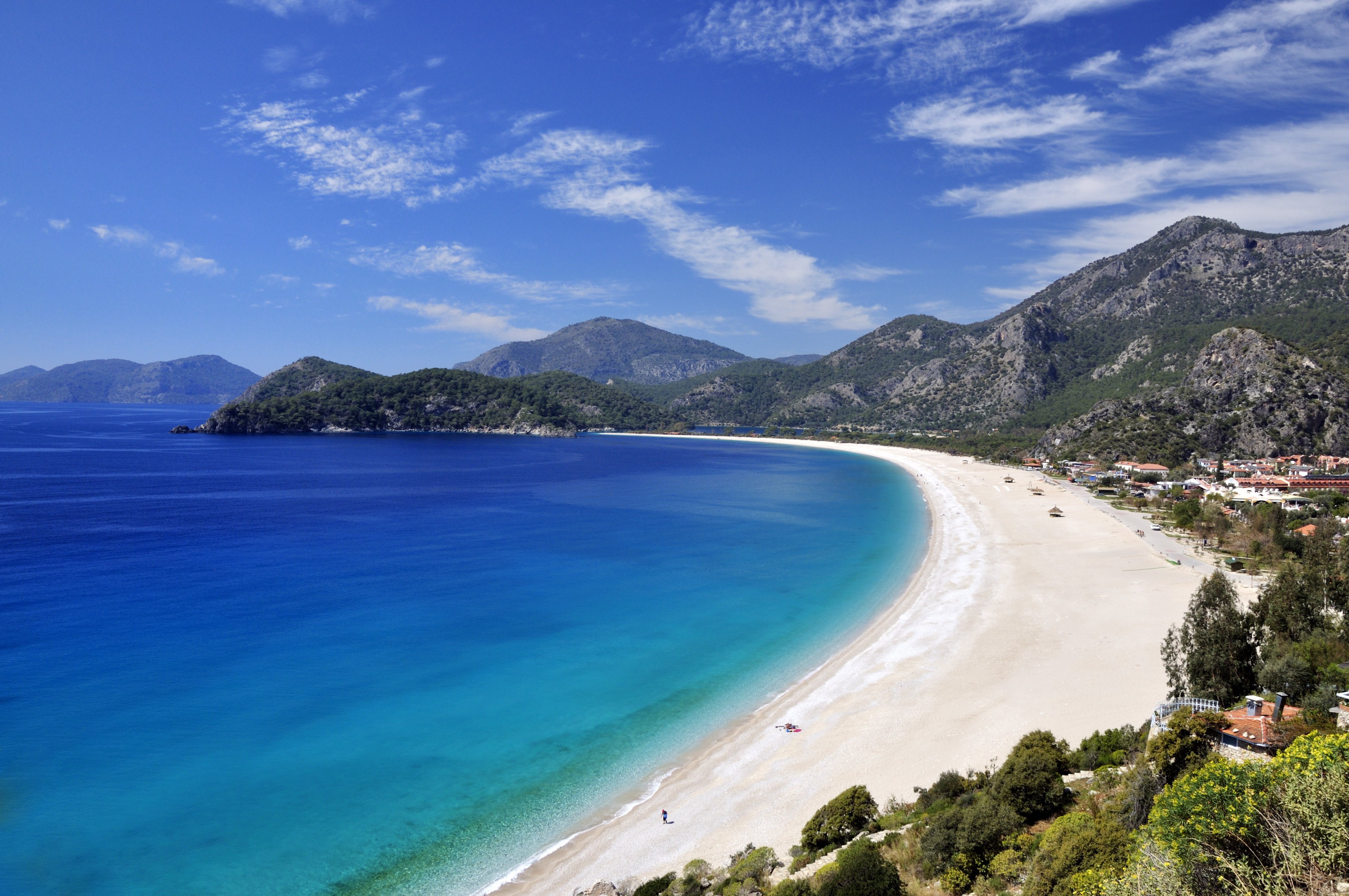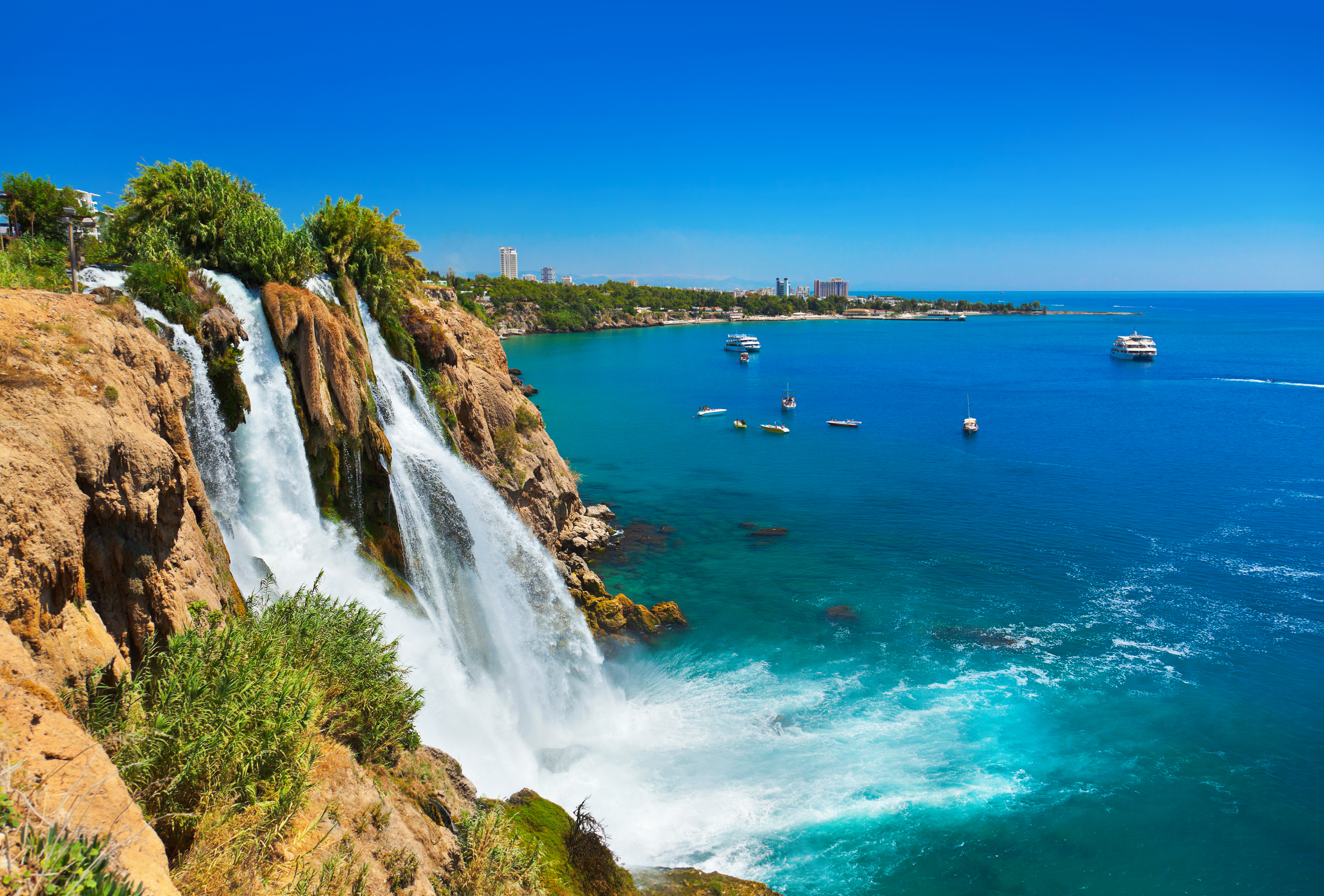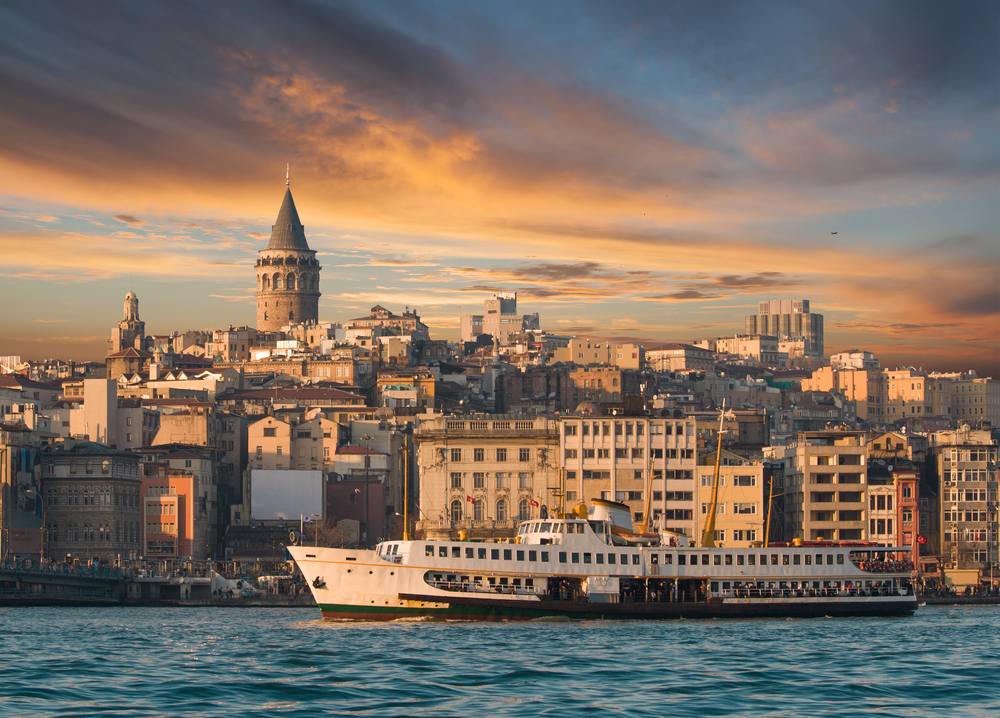The Great Migration is often described as one of nature’s most awe-inspiring events, and rightly so. Over 1.5 million wildebeests, accompanied by hundreds of thousands of zebras and gazelles, make a continuous clockwise journey between Tanzania’s Serengeti and Kenya’s Maasai Mara in search of fresh grazing grounds.
But with all the drama surrounding this event, myths and half-truths have made their way into common travel conversations. Let’s set the record straight.
Myth 1: Migration only happens in July and August
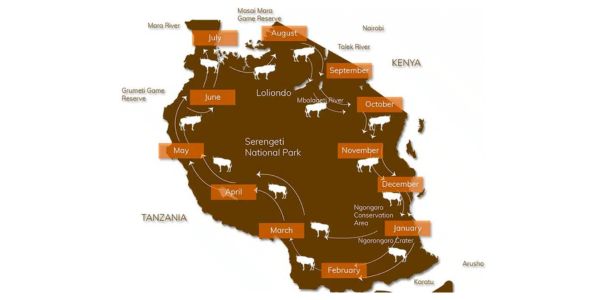
Yes, the famous Mara River crossing, where wildebeests’ brave strong currents and crocodile-infested waters, typically occurs around July and August. But that’s just one part of the journey. Migration is a year-round cycle. From the calving season in Ndutu (January–March) to the Grumeti River crossings (May–June) and the slow southward return (October–December), there’s always something happening.
If you would like to avoid crowds, we recommend you visit outside of the peak months.
Picture source: https://kambucampers.com/great-migration-route-map/
Myth 2: Wildebeests just "follow the rain"
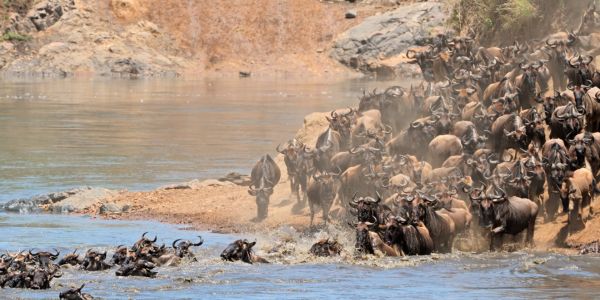
While rainfall does influence grass growth and water availability, wildebeest migration is more than just chasing rain. Scientists have found that wildebeests are guided by an internal compass, possibly a mix of instinct, scent, and learned behaviour, that determines when and where they move. The migration route has remained relatively unchanged for decades, even in years of unpredictable rain patterns.
Myth 3: The migration is a solo wildebeest event
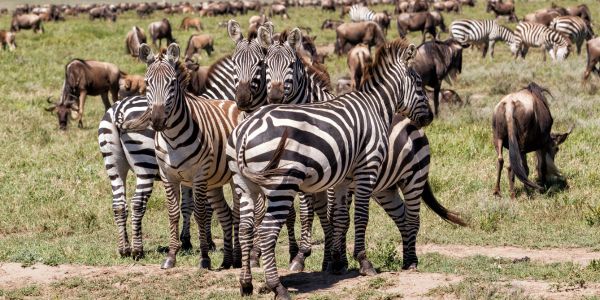
Wildebeests get all the attention, but they’re not alone. Zebras and Thomson’s gazelles are part of this journey too. Zebras often lead the way, thanks to their sharp memory of paths and water sources, while gazelles bring up the rear. It’s a multi-species survival strategy, not a wildebeest-only affair.
Myth 4: You Can See the Migration from Anywhere in the Serengeti
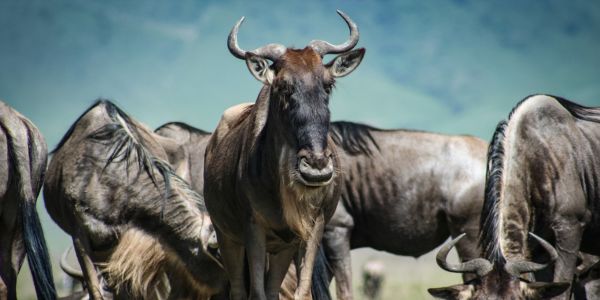
The Serengeti is vast. We're talking about nearly 15,000 square kilometres. Depending on the month, herds may be concentrated in specific regions: south in Ndutu, west near Grumeti, or north close to the Mara River. Planning your trip without checking the herds' movements is a recipe for disappointment.
Work with a travel expert who can guide you to the right area at the right time.
Myth 5: Migration is a smooth, predictable journey.
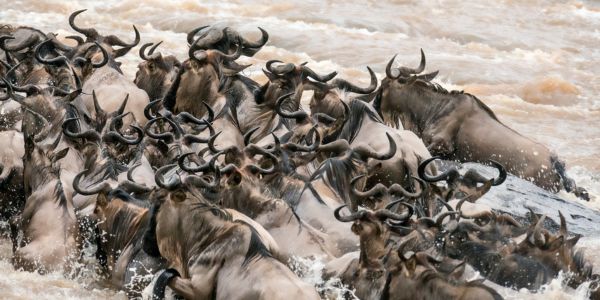
Far from it. Migration is messy, chaotic, and unpredictable. Herds split, merge, and take different routes. Some cross the rivers early, others later. And sometimes, due to shifting weather, herds may linger or move faster than usual. It's nature doing what it does best: moving on its terms.
The best way to understand the Great Migration is to witness it... Whether you want to see the heart-stopping river crossings or the miracle of the calving season, there’s a journey waiting for you.
View our packages here: https://www.rickshawtravels.com/leisure/destinations/safari






